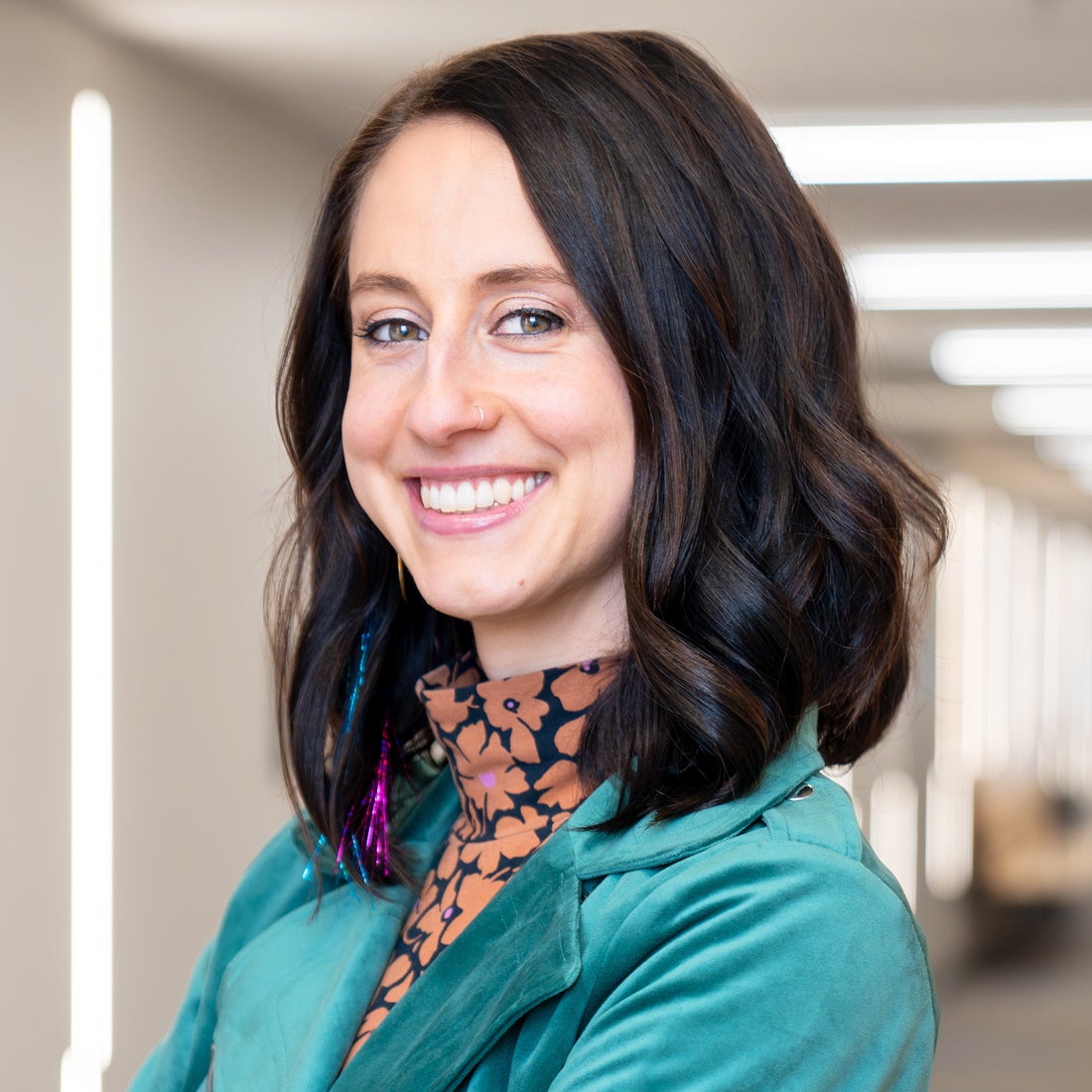Why did you choose URI?
My father has been a professor here since 1983, and I’m one of five siblings who have all graduated from URI. I grew up in Kingston across the street from campus. As a kid, I learned to ride my bike on the quad. As a teenager, I learned to drive in the Fine Arts Center parking lot. URI has always felt like home–literally! Whether as a student or instructor, it’s the place I’ve always felt both grounded and inspired.
What has been your journey from coming to the University as a student to being a professor?
As an undergraduate student I worked as a TA for GWS 150, hosting one class session a week. Later on I had an assistantship in Gender and Women’s Studies, teaching an entire course every semester I was in graduate school. These opportunities were invaluable in terms of giving me practical experience and showing me firsthand how much I loved being in the classroom in that capacity. Looking back, I remember so many professors who had a meaningful impact on my life as a student, person, and scholar, and I’m honored to now be in the position to have that kind of influence on my students.
What is your favorite URI memory?
When I graduated (undergrad), I was a single mom of a 3-year-old. Winnie Brownell, who was Dean of Arts and Sciences at the time, had David Howard, Professor of Costume Design, make my son a graduation gown and mortarboard cap in his size. At Commencement, I carried the gonfalon for Arts and Sciences and my son walked alongside me. We led the parade of graduates onto the quad! It was an incredibly meaningful experience as both a student and a mother. Those two roles had been so entwined for me, and it was really special to have that acknowledged by the administration. It’s more than just a fun memory now–it’s a beautiful illustration of the community, support, and encouragement I’ve found at URI.
What do you hope students take away from your classes? What have you learned from them?
My hope is for my classroom to be a safe space for students to experience the material as an invitation. I want people to feel free to tell the truth about their lives, identities, and experiences as they think deeply and critically about the social, political, and historical forces that shape these things – theirs and people with very different realities from theirs. And I learn so much from my students! To me, teaching is not linear. I have some expertise and knowledge; my students have some expertise and knowledge. Together through lively discussion and exploration, we create new knowledge and deeper understanding. It’s an active, collaborative, and rewarding process.
Why do you think it’s important to teach about women’s history and activism?
Many of my students are surprised to learn how women’s contributions to history and society were neglected or erased. A systemic underrepresentation speaks volumes about how women’s participation and expertise has been devalued–and this has implications not just for societal patterns but for how girls in particular grow up learning to value themselves. In Gender and Women’s Studies, we see education as being focused on meaningful change, not just reiterating what is already known. Knowledge and practice should go hand-in-hand. As Maya Angelou said: “When you know better, do better.”
How has majoring in communications in addition to gender and women’s studies contributed to or influenced your teachings?
I value interdisciplinary education – when we approach or unpack a topic from a variety of perspectives, our analysis is richer for it. In terms of these two fields: Gender and Women’s Studies explores how we construct and perform our identities within larger societal contexts and issues, and communication is the process by which all of this happens. Whether verbally or nonverbally, interpersonally or interculturally, communication is how we impart social norms and values and determine policies, practices, and power. When we think about creating a more equitable world, we have to consider the social, political, and historical influences that have shaped categories such as gender so we can ask: What do we want to transmit, and what do we want to transform?

